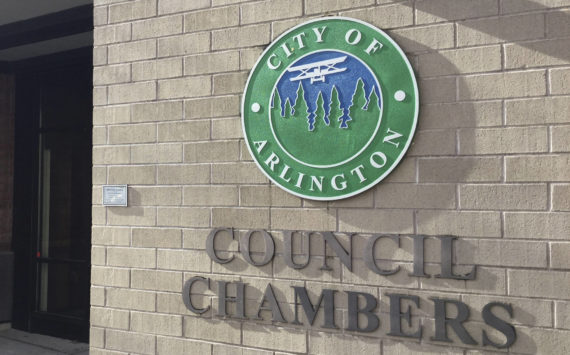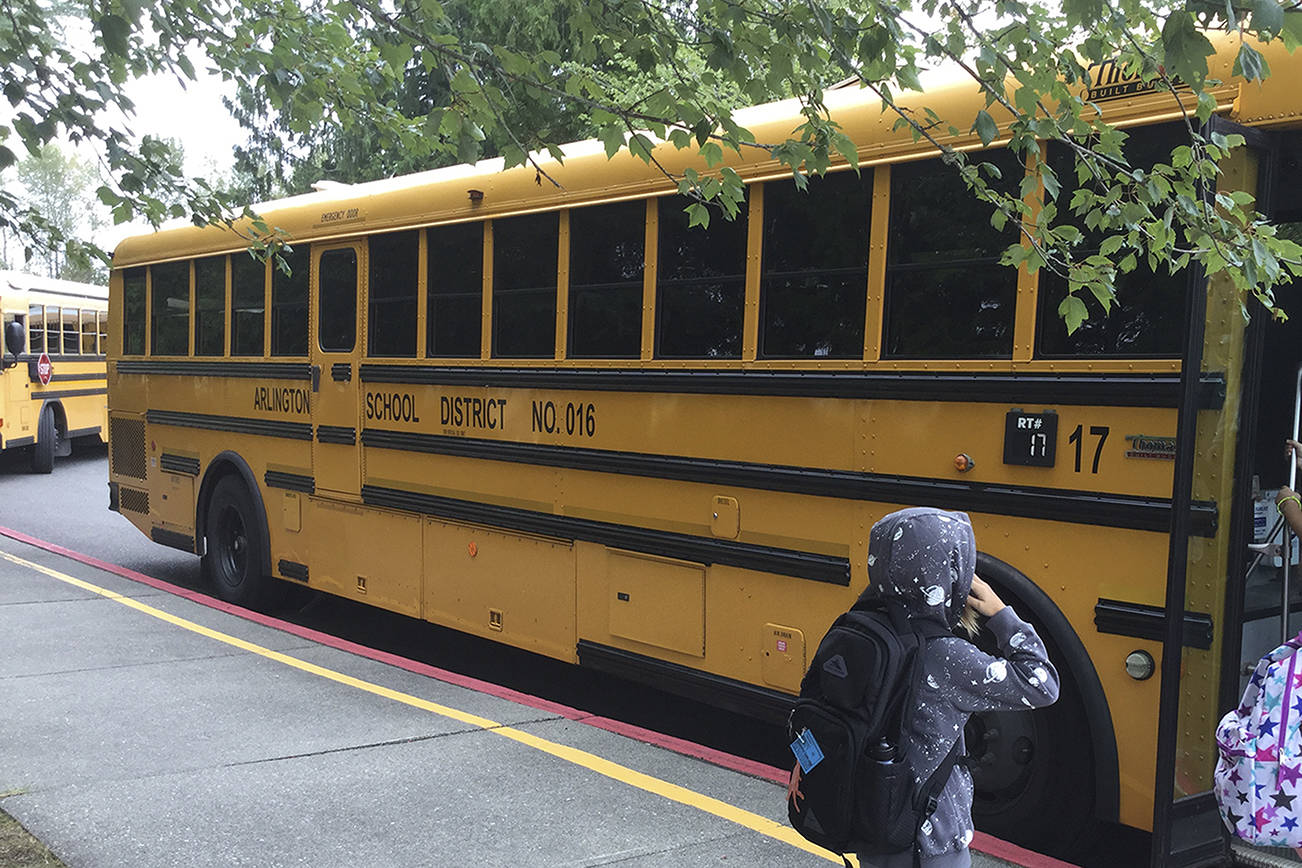ARLINGTON – Faced with mounting EMS costs and unfilled public safety needs, the city is proposing an ambulance utility fee of $15 that would appear on residents’ monthly utility bills starting this summer.
The City Council and management have spent four years exploring options to get EMS funding and public safety services on a more sustainable track, ranging from forming its own regional fire authority or a property tax ballot measure to tightening internal controls.
“The council has turned over every rock to resolve the issue, and each step of the way, this option (the fee) came down to being the least impact financially to the citizens, and providing at least five years of sustainability,” Mayor Barb Tolbert said.
At a work session Monday, City Administrator Paul Ellis gave an overview of fire and EMS’s financial condition that helped explain why the city cannot continue to subsidize EMS with general fund money that should be used to meet pressing public safety goals.
The total cost in 2017 was $6.2 million, with $3 million for fire services and $3.2 million for EMS. While a near 50-50 split strictly on dollar amounts, the actual workload doesn’t match the allocation, with 75 percent of the workload involving EMS calls, Ellis said.
If costs are distributed based on workload, the real cost of EMS service is $4.6 million vs $1.5 million, he added.
However, revenues from an EMS levy capped by state law at 50 cents per $1,000 assessed property value, transport fees and contracts for services with other agencies are only generating $3.1 million, leaving an operating subsidy of $1.5 million, he continued.
“This is the deficit that’s being made up with the general fund,” Ellis said.
A visual example of the shortfall is more frequent appearances before the council by the finance director seeking interfund loans to meet EMS cash flow needs, official said.
If the council adopts the fee, the city would move to hire two police officers. In addition, three fire personnel and a third police officer would be hired over the next three years and possibly by next year if grant funding is awarded.
Other operational needs met by the fee would include a grant-funded community resource paramedic, domestic violence coordinator for the prosecutor’s office, equipment replacement, fire inspection and fire marshal services, and continued funding for the city’s embedded social worker if the grant expires.
“The reality is we need more public safety staff to keep up with the growing and aging community, and the rising calls for service,” Tolbert said, adding the fee also addresses concerns around call response times and increases in homelessness, mental illness and substance abuse in and around our community.
Other cities in Washington with their own fire departments have been assessing an ambulance utility fee to make EMS ends meet and address public safety needs. Aberdeen charges $22.80, Lynden $11.99 and Port Angeles $8.66, for example. Some fees were established in the 1970s, while most were revised in the mid- to late-2000s after the state legislature included provisions for flat and variable rate fees.
Arlington residents may be exempt if Medicaid eligible and receiving in-home services paid for by Medicaid. The city has a reduced utility rates application program for low-income seniors and the disabled that would apply to the ambulance fee as well.
The mayor said the city started to feel the strain on public safety after post-recession growth kicked in, and calls for service rose. In 2017, the fire department responded to 5,534 calls. Among those, 3,824 – or 69 percent, were EMS calls
City officials said several bills have been introduced unsuccessfully in Olympia to raise the EMS levy lid and increase the medicare reimbursement for transport to bring some relief to cities, to not avail. The reimbursement at $115 is only a third of what it cost the city’s fire department to transport someone.
Regional fire authority talks with Marysville and the Marysville Fire District shut down in December, which would have helped Arlington be more resourceful with its manpower, equipment and dollars, but forming the required taxing district at the ballot box would have still cost more than the proposed ambulance fee, and would not have provided long-term sustainability, city leaders said.
Arlington ratepayers have not seen an increase in their utility bills since 2012. The fee would appear on residents’ and businesses’ water, sewer and stormwater bill.
The council has rescinded rate increases each year because the utilities are stable and healthy, with revenues matching projected operational needs.
“We hope that gives citizens the confidence that this council does looks at those funds, and will rescind rate increases when they aren’t necessary,” Tolbert said. “Our philosophy is we only ask the community for funding when it’s absolutely necessary.”
Public hearing
The city around May 25 plans to mail out a letter to 8,000 ratepayers and tenants in Arlington notifying them about a public hearing, and details about the proposed ambulance utility fee. The council was presented with the option to set the public hearing at 7 p.m. at either its July 2 or July 16 council meeting in the Council Chambers, 110 E. Third St. Members will decide on Monday.






